Every e-commerce website seeks to increase sales, but it’s more than simply traffic—it’s about converting visitors into consumers. Conversion rate optimization (CRO) then comes in very handy. Little changes can have great impact. Imagine raising your conversion rate by just 1%—sounds little, but it might result in enormous profit margins. Because they understand it’s vital, successful companies like Amazon or Zappos actively invest in CRO. From polishing product pages to simplifying the checkout experience, every element contributes. Therefore, let’s explore techniques that really make a difference if you are ready to improve your e-commerce performance!
What is Ecommerce CRO?
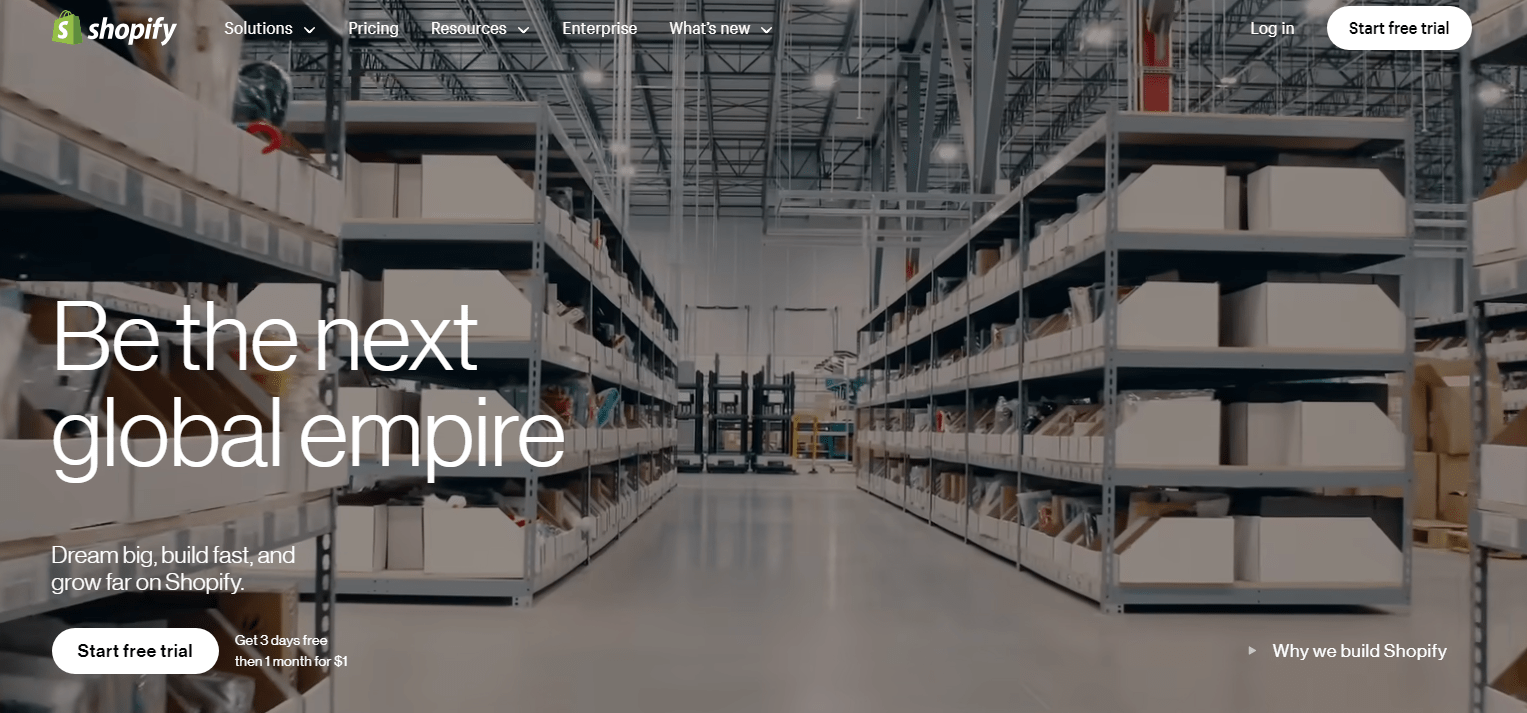
Alright, so let’s get real. Ecommerce CRO (Conversion Rate Optimization) is all about tweaking your website so more visitors do what you want—buying stuff, subscribing, or whatever rocks your boat. Think of it as a makeover for your online store, but instead of just making it look pretty, you make it effective too. You change up stuff like your product pages, checkout process, and even small things like button colors. Little details can matter a lot!
Big brands like Amazon or Shopify spend loads of time on CRO, ‘cause even small bumps in conversions mean big $$$. Like, increasing conversion rate from 2% to 3% could mean thousands more sales a year. So, yeah, it’s kind of a big deal.
Why CRO is Critical for Ecommerce Success
Why should you care about CRO? Well, because without it, you’re basically leaving money on the table. It’s that simple. If your website gets a decent amount of traffic but the conversion rate stinks, that’s a huge problem. Like having a party and nobody’s dancing, ya know?
Here’s why ecommerce CRO is super important:
- Boosts revenue: Even a tiny increase in your conversion rate can lead to major profit. It’s like magic math—improve your rate by 1% and watch your sales grow.
- Improves user experience: Happy visitors are more likely to click “Add to Cart” (duh!). CRO helps you spot and fix annoying things like slow load times or confusing menus.
- Reduces marketing costs: Getting new traffic is pricey. CRO helps squeeze the most juice from what you’ve got. Companies like Zappos use it to make sure every click counts.
If you’re serious about your ecommerce business, and I mean serious-serious, then CRO is your new bestie. Optimizing conversion isn’t just about boosting sales; it’s about giving your visitors a killer experience that turns ‘em into loyal customers.
Key Metrics to Measure Ecommerce Conversion Success
Understanding Conversion Rate and Its Calculation
So, what’s conversion rate? It’s like the big boss of all ecommerce metrics. You’ve got visitors on your site, right? But not all of ‘em buy. Conversion rate is the percentage of those who do take action—like clicking “Buy Now,” subscribing, or whatever your goal is.
Here’s a simple way to calculate it:

Say you had 1000 visitors and 50 of ‘em bought your product. Your conversion rate would be 5%. Easy-peasy, right? Keep an eye on this number ‘cause even small changes (like going from 1% to 2%) can mean a ton of extra sales.
Additional Metrics to Track
Now, conversion rate isn’t the only metric to focus on. If it were, that’d be like judging a restaurant just by its dessert menu. You need a full-course meal of metrics. Here are a few you gotta watch:
- Bounce Rate: This is when visitors leave your site without clicking on anything. High bounce rates are like bad vibes at a party—nobody sticks around. Keep it low by optimizing pages and making sure they load quickly.
- Click-Through Rate (CTR): Measures how often people click on a specific link or ad. Higher CTR usually means your content is doing its job, pulling visitors to where you want them. Companies like Spotify use CTR data to tweak their marketing.
- Exit Rate: Tells you how often people leave your site from a specific page. Got a high exit rate on your checkout page? Uh-oh, something’s up. Fixing this can boost conversions by up to 20%, according to some studies.
- Average Session Duration: How long visitors stick around. The longer, the better (usually). If they spend more time, it’s a good sign that your content is engaging. It’s like, you’ve got their attention—don’t lose it!
By tracking these metrics, you get a clear picture of where your ecommerce site’s winning and where it needs work. Conversion rate optimization isn’t just about getting people to click “Buy,” it’s about understanding what they’re doing before, during, and after that click.
Best Practices for Boosting Ecommerce Conversion Rates
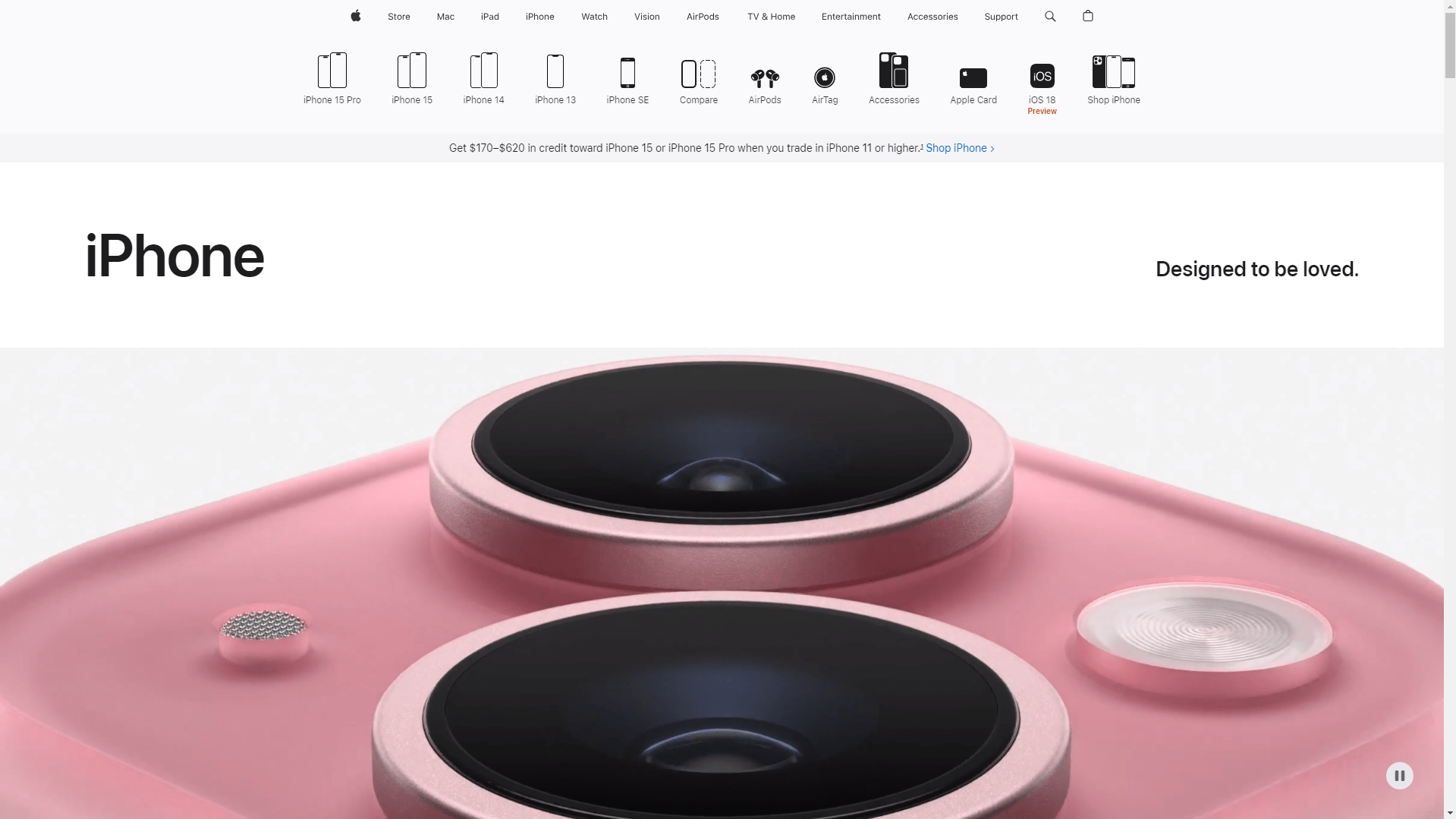
Optimize Product Pages with High-Quality Visuals
Let’s face it, nobody wants to buy a product if they can’t see it properly. Imagine buying a pizza without knowing if it’s a pepperoni or just plain cheese—ain’t gonna happen, right? That’s why high-quality visuals are a game-changer for your ecommerce conversion rate optimization.
First thing’s first: use crisp images from all angles. Show off your products like they’re the next big thing (even if it’s just a fancy mug). Big players like Nike or IKEA make sure their visuals are on point, with zoom-ins, 360-degree views, and even videos showing the products in action. Research says 75% of shoppers rely on product photos to make a purchase decision, so don’t cheap out on this part. Your visuals should scream, “Buy me!” without even saying a word.
Improve Checkout Process to Reduce Abandonment
The checkout process is like that final mile in a marathon—if you mess it up here, it’s all for nothing. Shoppers are ready to hit “Buy,” and any hiccup at this point will just make them peace out faster than you can say, “Wait!” Abandoned carts are a killer, and improving your checkout flow can save you a lot of heartache (and cash).
Here’s how to nail it:
- Cut Down the Forms: Don’t make users fill out a mini-novel to buy a T-shirt. Keep it short and sweet.
- Add Guest Checkout: Not everyone wants to sign up. Give them a way out without holding their money hostage.
- Show Progress Bars: It’s like running—you want to know how far you’ve got left. A simple progress bar keeps users in the loop.
- Provide several possibilities for payment: Not everyone make use of PayPal. Make sure you’ve got a few payment methods, or you’ll lose some buyers. Amazon is a pro at this.
- Clear Out Extra Fees: Hidden fees are the worst! If you’re charging for shipping, tell them upfront, not in the last second.
These steps are key to keeping your conversion rate high and your customers happy. And let’s be honest, you don’t want to spend all that effort on marketing just to lose customers at the finish line.
Enhance Site Navigation for User Experience
Now, imagine your ecommerce site like a shopping mall. If it’s hard to find stuff, visitors will walk right out. You gotta make navigation as smooth as butter, and that’s crucial for ecommerce conversion rate optimization. Visitors should be able to go from the homepage to their dream product in, like, three clicks max. Seriously, more than that, and you risk losing them.
Apple keeps their navigation clean and simple, and there’s a reason why their conversion rates are sky-high. They don’t overload the visitor with endless categories and pop-ups. Keep things organized, use drop-down menus, and add a search bar that actually works. Oh, and breadcrumbs (those little links at the top) are a lifesaver when users get lost.
By nailing down these basics, you can turn a messy store into a user-friendly powerhouse. Trust me, your visitors—and your conversion rates—will thank you!
Tools to Enhance Ecommerce CRO
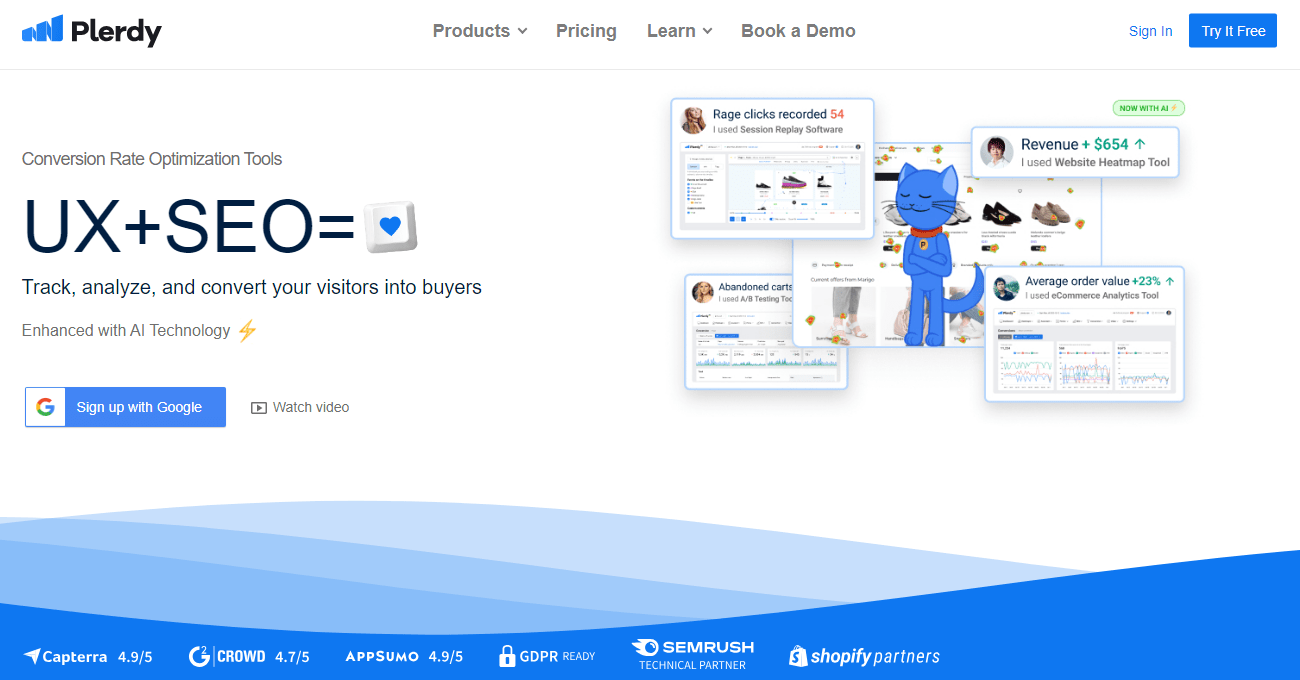
Analytics and Heatmaps (Plerdy, Google Analytics 4, Hotjar)
When it comes to ecommerce, understanding what your visitors do on your site is half the battle. That’s where analytics and heatmap tools come into play. These bad boys show you where people are clicking, scrolling, or just plain ignoring stuff. And trust me, those insights are gold for boosting conversion rate optimization (CRO).
- Plerdy: A solid pick if you’re looking for a user-friendly heatmap tool. Plerdy shows you detailed click maps and even scroll depth, so you know exactly how far visitors go before bouncing. Plus, it’s super easy to set up.
- Google Analytics 4: Okay, this one’s a classic. You get all your basic stats, plus you can set up custom events to track things like button clicks and video views. And yeah, it’s free, so there’s that.
- Hotjar: Wanna go deeper? Hotjar does heatmaps and session recordings, so you can watch replays of real user visits. It’s kinda like having CCTV footage for your website—creepy, but useful.
By using these tools, you can tweak your site layout, fix problem areas, and keep visitors on track to converting. You gotta know where they’re getting lost to help ‘em find their way, right?
A/B Testing and User Feedback Tools
Alright, you got data. Now what? It’s time to test stuff out and see what works. A/B testing tools let you try different versions of your site elements—like headlines, button colors, or even entire pages. Here are a couple of great ones:
- Optimizely: Known as one of the best A/B testing platforms, Optimizely helps you test even the tiniest changes. Maybe a red “Buy” button converts better than a blue one—this tool will tell you.
- Crazy Egg: Another popular tool, but with a twist. Crazy Egg offers A/B testing and user feedback, so you can hear directly from your visitors about what’s working or not.
These tools help you not just guess what might improve your ecommerce site, but actually know. It’s like fine-tuning a recipe until it’s just right—small tweaks can lead to big results in conversion rates!
Conversion Rate Optimization Tactics for Specific Pages
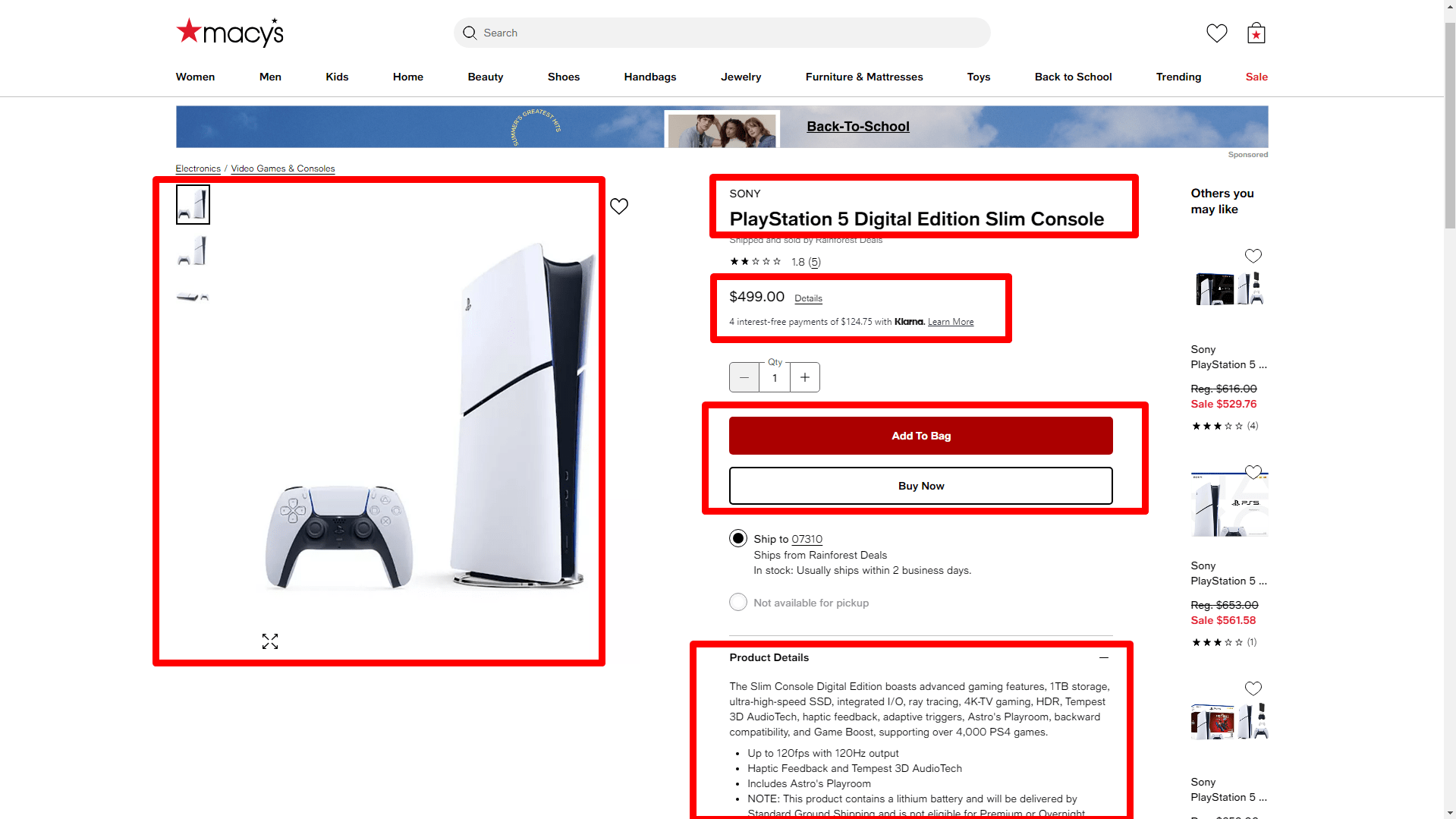
Tactics for Product Pages (Descriptions, Reviews, Videos)
Alright, when it comes to ecommerce, your product pages are like the MVP. If they ain’t working, your conversion rate ain’t going anywhere. Here’s the deal: people want details, trust, and a little extra nudge before they hit “Buy.” So, let’s break down some tactics.
- First off, product descriptions gotta be more than just “this is a nice shirt.” Be specific and add some personality! Talk benefits, not just features. Say you’re selling a jacket—describe how it’ll keep someone warm on a freezing NYC street, not just that it’s made of wool.
- Next up, reviews. Everyone wants that sweet validation from other buyers. Research shows that 95% of customers read reviews before making a purchase (it’s basically a rule now). Make ‘em visible, even if there are a few negative ones. It builds trust.
- And don’t forget videos. Showing products in action beats a hundred pictures. Brands like Zappos use videos to show their shoes from all angles, and you should too. Trust me, a quick 30-second video can push a visitor from “meh” to “take my money!”
Checkout Optimization Techniques (Progress Bars, Payment Options)
Now, let’s talk checkout optimization. Think of this like the final lap in a race—everything needs to be smooth, fast, and easy. Here’s a step-by-step game plan to seal the deal:
- Show a Progress Bar: People hate surprises, especially at checkout. Add a progress bar to show how many steps are left. It calms them down and keeps ‘em on track.
- Simplify the Forms: Only ask for the essentials. If someone’s buying a pair of socks, they shouldn’t have to fill out a five-page survey. Keep it lean.
- Offer Multiple Payment Options: Not everyone uses PayPal. Give options like credit cards, Apple Pay, or even buy-now-pay-later stuff like Klarna. More options = fewer reasons to leave.
- Guest Checkout: Listen, not everyone wants to create an account just to buy one thing. Let them checkout as a guest. This small thing can bump up conversion rates like crazy!
- Clear Pricing: Hidden fees are the ultimate trust-buster. Be upfront about shipping and taxes. Show the final price right away.
The idea here? You don’t want customers running into roadblocks and thinking, “You know what, forget this.” Keep it simple, clear, and smooth, and watch that conversion rate climb!
Importance of Personalization in CRO
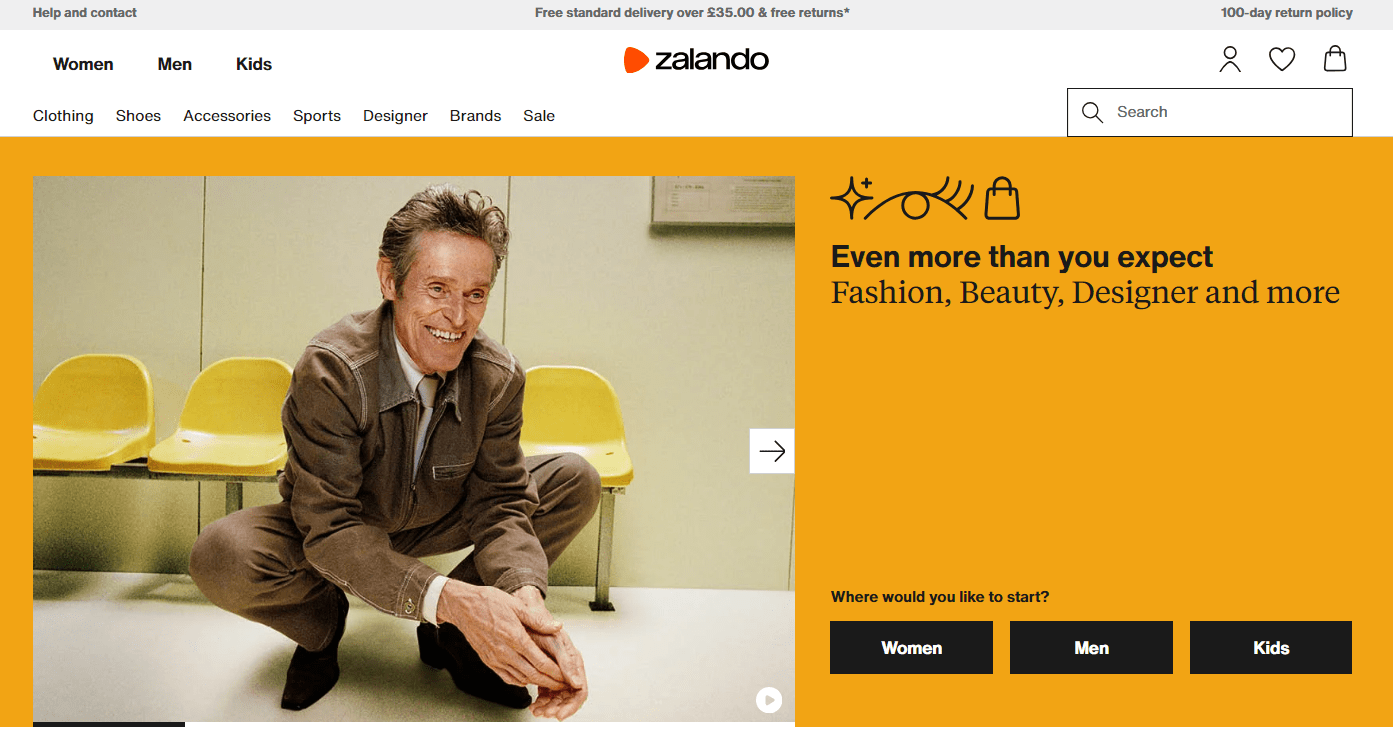
Tailoring Content for Different Audiences
Personalization in ecommerce is like giving your visitors a VIP pass. Nobody wants a one-size-fits-all experience, right? Tailoring content based on your audience can skyrocket your conversion rate optimization (CRO). It’s about showing the right stuff to the right people at the right time. Say you’re selling clothes—if a visitor’s browsing women’s jackets, show them similar ones, not random men’s jeans. Simple stuff, but it works wonders.
Big brands like Amazon or Netflix mastered this. Ever noticed how Netflix suggests movies based on what you watched last weekend? It’s all about predicting what people wanna see next. So, use tools like Plerdy or HubSpot to create audience segments based on their behaviors, location, or even purchase history. One size doesn’t fit all, and that’s where personalization takes your conversion rates up a notch.
Use of Dynamic Product Recommendations
Dynamic product recommendations aren’t just fancy words—they’re like your website’s personal shopper. You’ve probably seen this in action on sites like Zalando or ASOS where you get “Customers also bought” or “You may also like” sections. These recommendations are based on browsing history, what’s popular, and even what’s trending.
And the numbers? They don’t lie. Customized recommendations have been shown in research to increase conversion rates by 10–30%. So, it’s not just about pushing random products but knowing your visitor and giving them a nudge toward something they might actually wanna buy. See it as a clever friend whispering, “Hey, check this out!”
Personalization Tactics:
- Segment users by behavior, location, or past actions.
- Show dynamic recommendations based on browsing history.
- Customize landing pages based on user demographics.
- Display exclusive offers for returning customers.
Nail these tactics, and you’ll make your visitors feel like your site knows them better than their BFFs!
Reducing Cart Abandonment for Increased Conversions
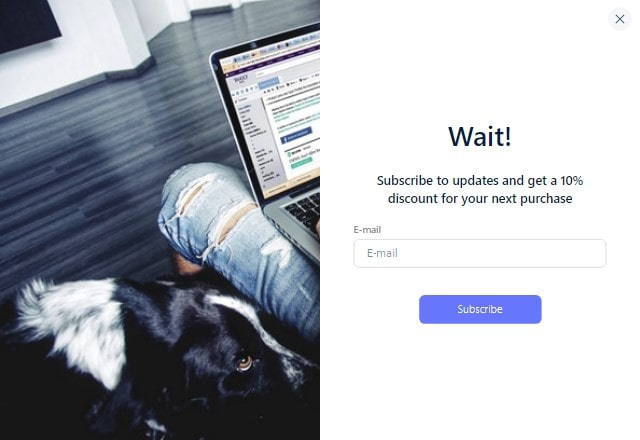
Strategies to Prevent Cart Abandonment (Exit-Intent Popups, Free Shipping)
Cart abandonment is like planning a big party, and everyone leaves before the cake—total bummer, right? But don’t worry, there are some solid strategies to keep customers from ghosting your checkout page. One of the biggest game-changers in ecommerce conversion rate optimization? Exit-intent popups. When a visitor’s about to leave without buying, pop up a little reminder like, “Wait! Get 10% off if you finish your purchase now!” It’s a classic move that companies like ASOS use to reel back those wandering shoppers. Studies show that well-timed exit popups can save up to 35% of abandoned carts—an instant boost for your ecommerce conversion rate.
Another trick to reduce cart abandonment and improve your conversion rate is to offer free shipping. Sounds simple, but shipping costs are a silent killer in ecommerce. No one likes hidden fees showing up last minute. Big guys like Amazon use free shipping as their golden hook. Plus, mentioning “free shipping” upfront gives customers one less reason to bail out. In ecommerce, clear communication is key to keeping those conversion rates high.
Key strategies to reduce cart abandonment:
- Use exit-intent popups with a discount or reminder to keep customers engaged.
- Offer free shipping or set a clear threshold to avoid surprises at checkout.
- Highlight limited-time offers to create urgency and boost conversions.
Simplifying the Payment Process (Guest Checkout, Multiple Payment Methods)
In ecommerce, people love easy. They will leave sooner than you could say “conversion rate optimization!” if the checkout process seems like solving a problem. That’s why it’s crucial to offer guest checkout. Not everyone wants to register only to purchase some socks. Give them an option to buy without creating an account. It’s one of those quick wins that can boost conversion rates by 20% or more.
And don’t forget about multiple payment methods. People use all kinds of stuff—credit cards, PayPal, digital wallets like Apple Pay, or even installment options like Klarna. Limiting payment options is like telling someone they can only pay in coins. Keep it diverse to increase conversions.
So, in a nutshell, reducing cart abandonment is all about optimizing the final steps of your ecommerce journey. Make it simple, clear, and keep those carts rolling to improve your conversion rate!
Regular Testing and Continuous Optimization
When it comes to ecommerce conversion rate optimization (CRO), it’s like going to the gym—results don’t come overnight, and you gotta keep working on it. One of the most important things is regular testing. It’s not a “set it and forget it” kind of deal. Trends change, customer behavior shifts, and what worked last year might not work now. So, A/B testing is your best friend here. Test everything—headlines, CTAs, images, page layouts. Even small tweaks, like changing a button color, can boost your conversion rate by 10-20%. Seriously, data doesn’t lie!
Big brands like Spotify and Netflix are always testing new features, trying to find that sweet spot. And if you want to stay ahead, follow their lead. Keep optimizing based on what’s working and don’t be afraid to try new stuff. Remember, it’s not about perfection but about improving bit by bit.
Setting Realistic CRO Goals
Alright, let’s be real for a second. You’re not going to double your conversion rate in a week—it’s just not how it works. Setting realistic CRO goals is key to not burning out and staying motivated. Don’t aim for crazy numbers without a plan. Focus on small, measurable wins like increasing the conversion rate by 5% or improving the bounce rate by 3%.
Here’s a quick list of realistic CRO goals:
- Boost the average conversion rate by 5% in the next 3 months.
- Reduce cart abandonment by 10% using exit-intent popups.
- Increase average session duration by 2 minutes with better content flow.
In the end, it’s all about steady improvements. Set goals, test regularly, and watch your conversion rates climb. Happy optimizing!
